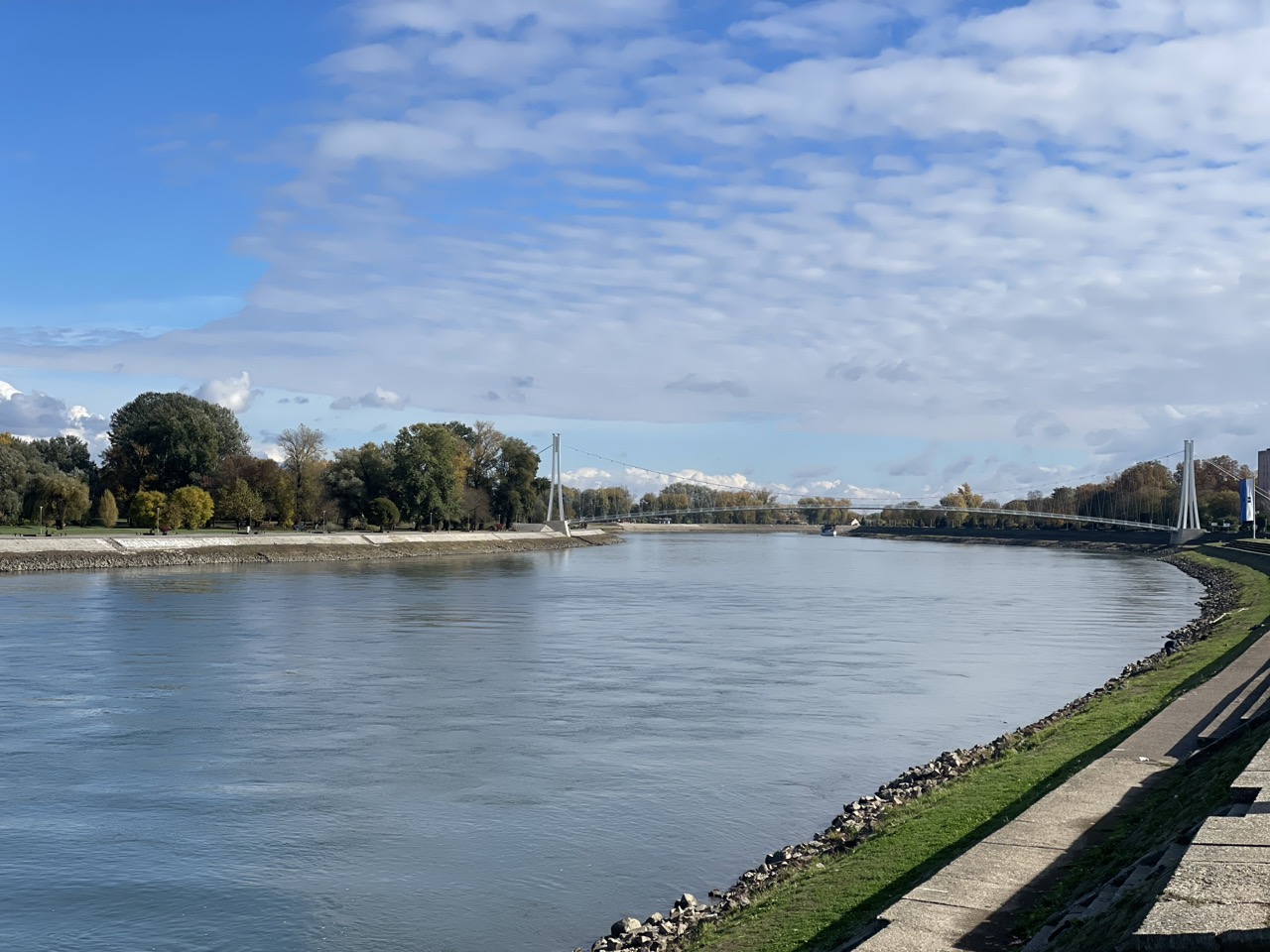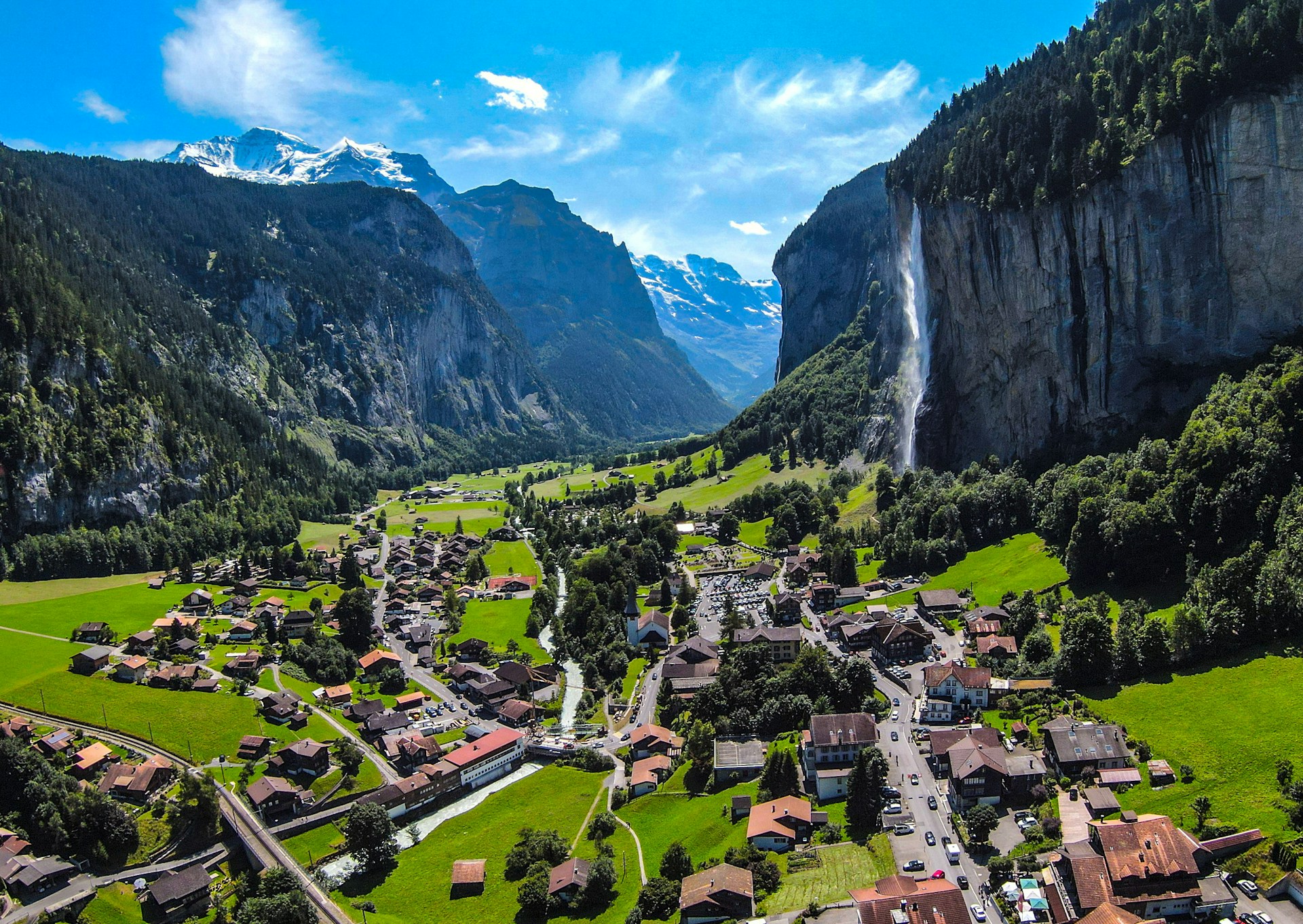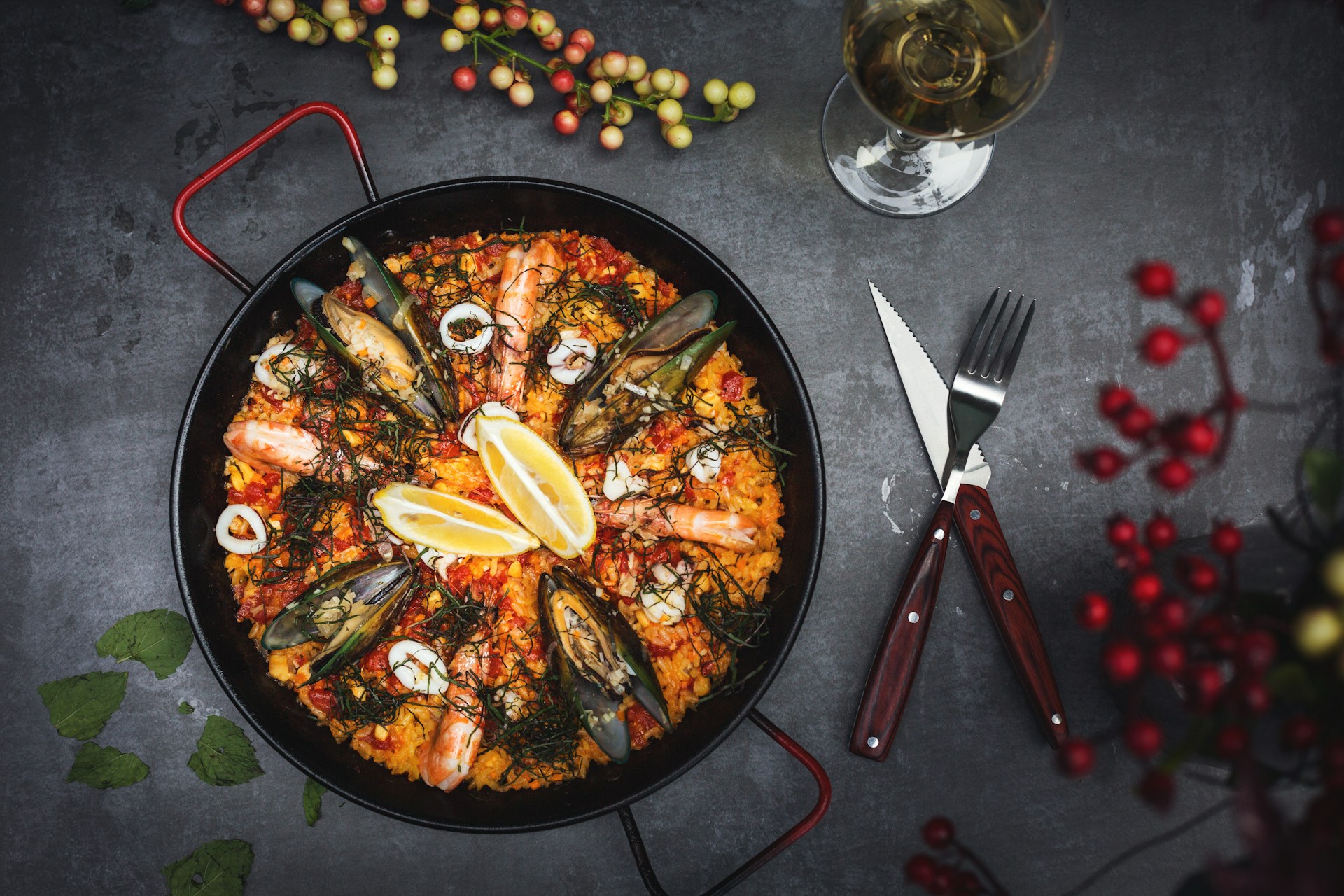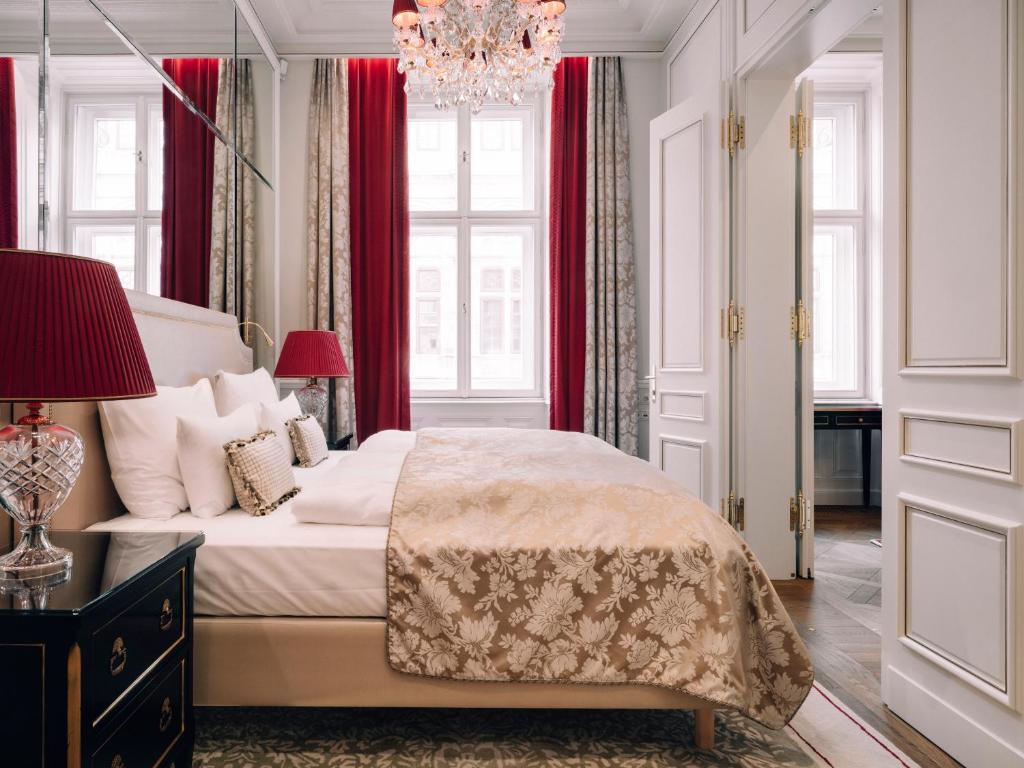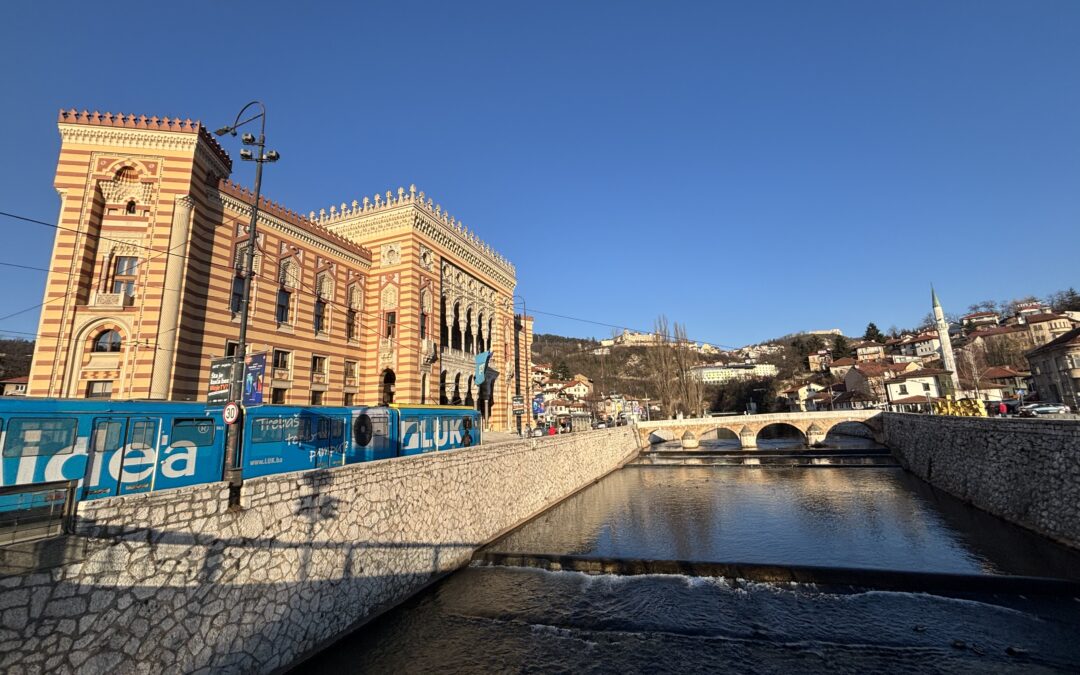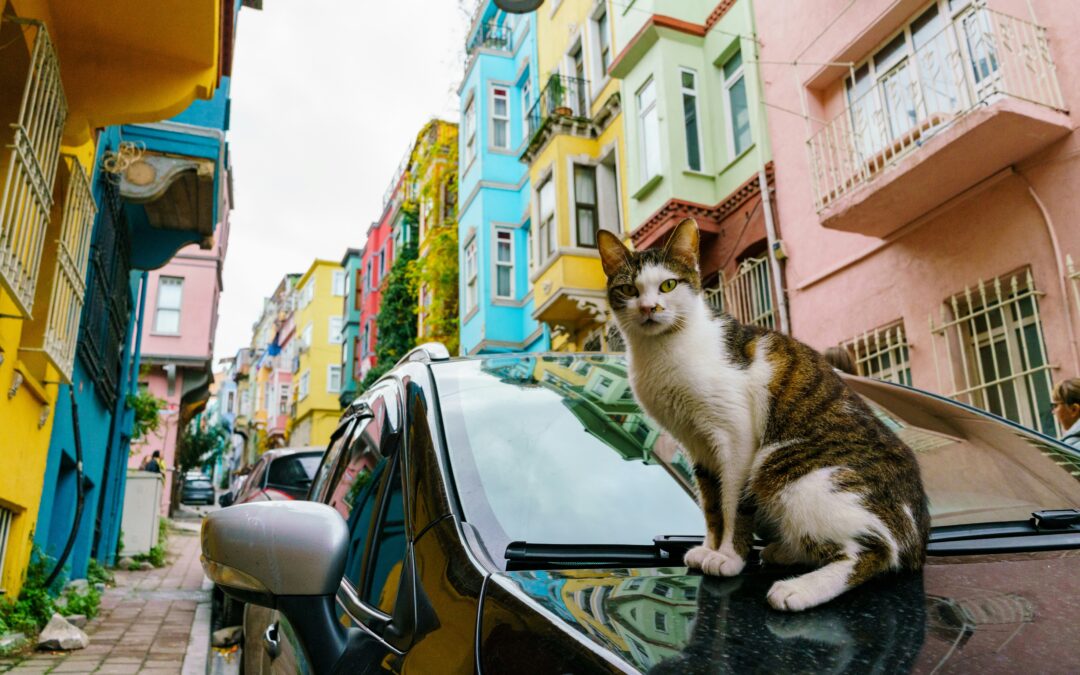Crispy, golden, and irresistibly thin – the Viennese schnitzel (Wiener Schnitzel) is one of Austria’s proudest culinary creations. But behind its simple appearance lies a story that spans empires, legends, and centuries of tradition.
To understand the history of Viennese schnitzel, you have to travel back to the heart of 19th-century Europe – when Vienna was the glittering capital of the Austro-Hungarian Empire.
Where did the Wiener Schnitzel really come from?
The origin of the schnitzel has long been a topic of friendly debate between Austria and Italy. One story claims that Field Marshal Josef Radetzky brought the recipe for cotoletta alla milanese – a breaded veal cutlet from Milan – to Vienna after a military campaign in Lombardy in the 1800s.
However, culinary historians point out that Austrians had already been breading and frying meat long before that. Early cookbooks from Vienna in the 18th century mention similar recipes, suggesting that the schnitzel may have evolved independently in Austria.
Whatever its exact roots, the Wiener Schnitzel quickly became a beloved staple in the imperial capital – a dish that symbolized elegance, comfort, and the sophistication of Viennese life.
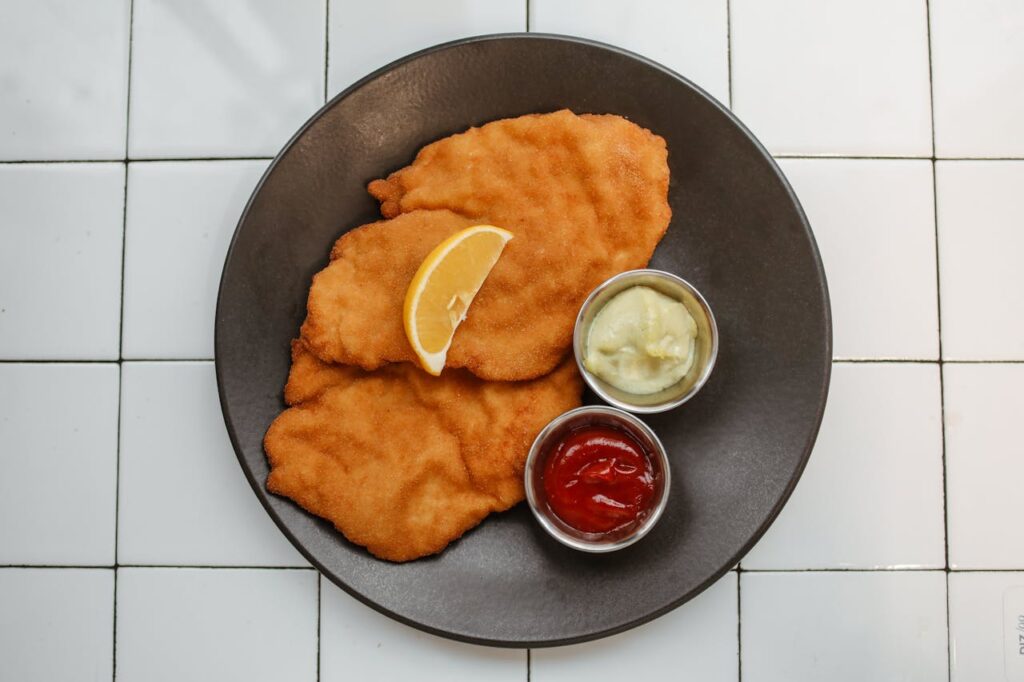
From imperial kitchens to everyday tables
During the late 1800s, the Viennese schnitzel found its place on the menus of grand cafés and family dining rooms alike. It became a symbol of middle-class prosperity – simple enough to cook at home, yet refined enough to serve in elegant restaurants.
Traditionally made from veal, the authentic schnitzel is pounded thin, dipped in flour, egg, and breadcrumbs, and fried in clarified butter (Butterschmalz) until perfectly crisp and golden. The light, airy coating is key – it should separate slightly from the meat as it fries, forming a delicate crust.
Today, you’ll also find popular variations made with pork or chicken, but the true Viennese schnitzel remains veal, served with lemon, potato salad, and sometimes lingonberry jam.
The schnitzel today: Vienna’s culinary icon
More than 150 years after its first appearance, the Wiener Schnitzel is still one of Austria’s most famous dishes. It represents more than just food – it’s a piece of cultural identity.
Every generation in Vienna has its favorite place for schnitzel, and visitors from around the world come to taste it in the city where it became a legend.
Where to eat the best Viennese schnitzel in Vienna
If you’re ready to taste history, here are some of the most beloved places to enjoy an authentic schnitzel in Vienna:
1. Figlmüller (Wollzeile & Bäckerstraße)
Known as the home of the schnitzel, Figlmüller has served massive, plate-sized schnitzels since 1905. Their veal schnitzel is light, crisp, and perfectly traditional.
2. Plachutta (Wollzeile)
Famous for Tafelspitz (boiled beef), Plachutta also serves a classic Wiener Schnitzel in a refined setting – ideal for those seeking a bit of imperial flair.
3. Gasthaus Pöschl (Weihburggasse)
A favorite among locals, this cozy tavern serves a beautifully fried schnitzel paired with homemade potato salad and Austrian white wine.
4. Meissl & Schadn (Schubertring)
This elegant restaurant focuses entirely on schnitzel perfection – cooked in copper pans, served with multiple side options, and even available in a tasting menu format.
5. Café Landtmann (Universitätsring)
One of Vienna’s legendary cafés, Landtmann offers an authentic schnitzel experience in historic surroundings once frequented by Freud and Klimt.
A timeless symbol of Vienna
The history of Viennese schnitzel is a reflection of Vienna itself – elegant yet unpretentious, traditional yet timeless. It’s a dish that has crossed borders, survived empires, and continues to unite locals and travelers over a shared love of good food.
So next time you sit down in Vienna and hear the gentle crunch of a freshly fried schnitzel, remember: you’re not just eating a meal. You’re tasting a piece of Austrian history.

